If you are looking to learn to surf at thirty, forty or even as a retirement hobby, we have great news. Surfing is an exciting activity for people of all ages, and it is never too late to learn. There is no upper age limit for riding the waves, and most surf schools have surf lessons for students of all ages mastering the skills it takes to surf. The only requirement is time, perseverance and determination.
At Surfing Croyde Bay we always advise all older surfers in their Croyde surf lessons to have realistic expectations. If you are particularly out of shape, regardless of age, getting to grips with surfing might take a little longer. However, the physical activity and associated benefits are sure to have you hooked. In this post, we take a look at four critical elements for learning to surf after 30, to help you achieve your goal and understand what it takes to call yourself a surfer.
The first thing you need to do before you even consider trying to surf is to practise swimming in the ocean. It is essential to be comfortable and confident swimming in the sea as a surfer. The ocean is exceptionally powerful, and even if you are a good swimmer in a pool, spending time in the ocean is a must. Ocean conditions can change in a moment, and you must be prepared to notice these changes and be able to handle yourself and your surfboard if the sea becomes rough.
To become a strong ocean swimmer, we recommend practising all of the basic strokes when the sea is reasonably calm at first. Try breaststroke, freestyle and butterfly, and you can even practise further in a lake or bay if these options are more available to you. Once you are confident you can handle ocean swimming even when the waves turn rough, you can continue on your journey to becoming a surfer.
Surfing is a very physically demanding sport in terms of strength, endurance and flexibility. While you may consider surfing to be a great way to get in shape, you will need to prepare your body to handle the physical demands of navigating the ocean and catching waves. Surfing provides a full body workout, and core strength is essential to carry out many of the techniques and manoeuvres required. Make sure you have good cardio fitness and a reasonably strong core before attempting the sport. You can start by going for a run a few times per week, and performing core strengthening exercises such as planks, pushups and squats.
In addition to cardio and strength training, flexibility is essential in surfing too. You should start stretching every day to improve your flexibility or practise yoga. Stretching can help you avoid muscle cramps and injury, and becomes increasingly important as we get older. You should always stretch before a surf session.
After you have taken steps to prepare yourself for the sport, you are ready to start learning the techniques of surfing. You should book a beginners surf lesson at a local surf shop or school, or find a friend who is an experienced surfer to teach you how to surf. It is crucial that you learn from an experienced surfer and don’t simply try it out on your own. Surfing can be dangerous, particularly for beginners with no knowledge of surf spots, surf etiquette or changing conditions.
When you take a surf lesson, you will learn the proper techniques for paddling out, popping up and riding a wave in a surf spot suitable for beginners. Your instructor will also teach you surf priority and etiquette in the lineup so that you can avoid collisions and irritating other surfers. Your teacher can also act as an extra pair of eyes and can assist you should anything happen.
Choosing the right board can make all the difference to your progress – regardless of age. Surfboards that are too small for your skill or fitness level can be very difficult to ride and can hinder your progress. Usually, the best surfboards for beginners over 30 are funboards and longboards. Wider, longer and thicker surfboards are necessary for those learning how to surf aged 30 or over, and make getting your stance right and riding waves much more comfortable. Your instructor may be able to make a recommendation for you or ask at your local surf shop. Be honest about your skill level and how often you plan to practise, as this will help them choose the right board for you.

Surfing Croyde Bay, Baggy Lodge, Moor Lane, Croyde, EX33 1PA
© 2025 All Rights Reserved.